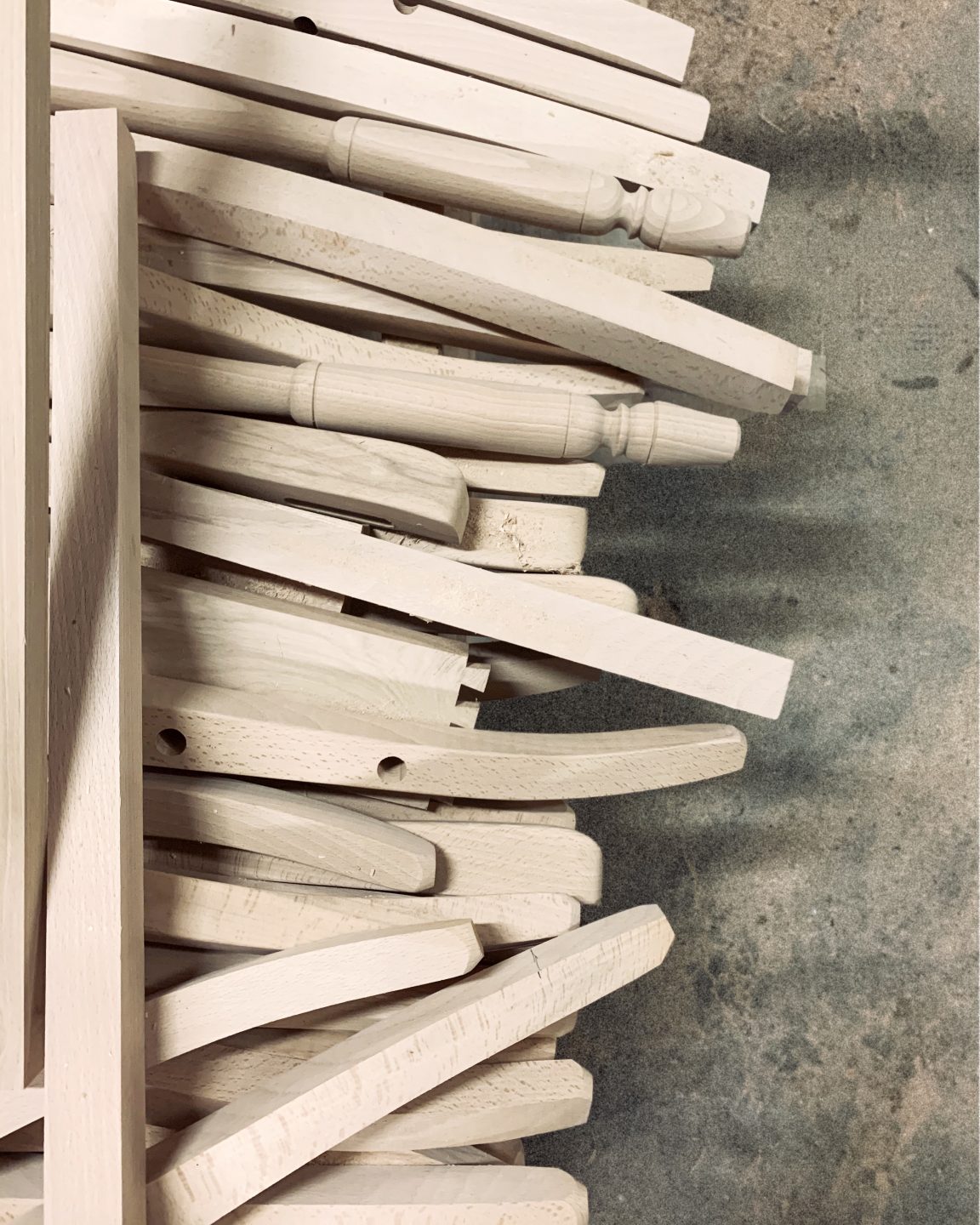
Midi, a modern day provence
An interior design Penninghen graduate, having conceived numerous boutiques and international flagships for major luxury brands, Jérémie du Chaffaut’s native Provence is never far from his side. Descending from a long lineage from Haute-Provence dating back to the 15th century and honed by his parents who dabbled in antique dealing in their spare time, Jérémie forged his tendency whereby: “Beauty is to be cultivated, and heritage preserved.” When he decided to acquire a family home in La Sainte-Baume, he and his wife wanted to dress it up with Provencal furniture but couldn’t seem to find it anywhere. They quickly felt the need to create it themselves, respecting the regional know-how, and using Jeremie’s underlying architectural skills. They knew they would definitely take the plunge when they found out that a celebrated Marseille-based ceramist having earned the title “Living Heritage Company,” established for several generations, was no longer in business. “Our project came to life in 2019 from a deeply rooted desire to reveal exceptional craftsmanship with a contemporary edge, while subliming tradition.”
Midi, craftsmen’s time
After travelling throughout Provence for over a year, Jérémie du Chaffaut joined forces with rare craftsmen who shared the desire to work with new shapes and push their know-how a little further: a ceramist close to Aix en Provence, son and grandson of a potter, magician of the earth along with Camargue’s last remaining chairmaker, and 5th generation cabinetmaker. The combination of their expertise resulted in hand-made furniture and objects, using exquisite materials, no frills, radical design, and with special attention to detail and perfection. These unique pieces also narrate the story of man-made design and fabrication. Radassié – radassa in Provençal means to laze around, stretching out on a long oak bench, the Fautuei or Cadieras, display their “sagne,” or rush from the banks of the Rhône. Each one is mounted by hand. As for the ceramics, they reinterpret the uses of the past. The Bugadiero is a hand-turned tian, the Counsciènci is reminiscent of the containers carrying olive oil, with several notches for the ropes that held it to the donkeys to pass through.


Midi, in the light of sustainability
“Midi is not a brand that simply manufactures furniture …. It’s an idea that revisits and reinvents ancestral workmanship methods and creates experiences: a perfect balance between folklore, the know-how of excellence, and the innovation of forms and patterns.” It’s not about building yet another piece of furniture, or that one object too many. It’s about reconnecting with craftsmanship, in the preservation and transmission of know-how. All the matrix materials come from nature, from sustainably managed oak forests or from the banks of the Rhone for straw. “Today it’s called eco-design, but I simply wanted to go back to our ancestors’ ways. It’s just common sense and after decades of excess, this local approach is becoming the norm in many areas: food, clothing … MIDI is not the disposable furniture that ends up on the pavement a few years later, because it’s out of fashion or broken. For example, any MIDI piece of furniture damaged for example by a domestic pet or other …, I’ll repair it.” A creative studio is also intended for custom projects. Imagining them together, while sitting around a table! is also intrinsic to MIDI.